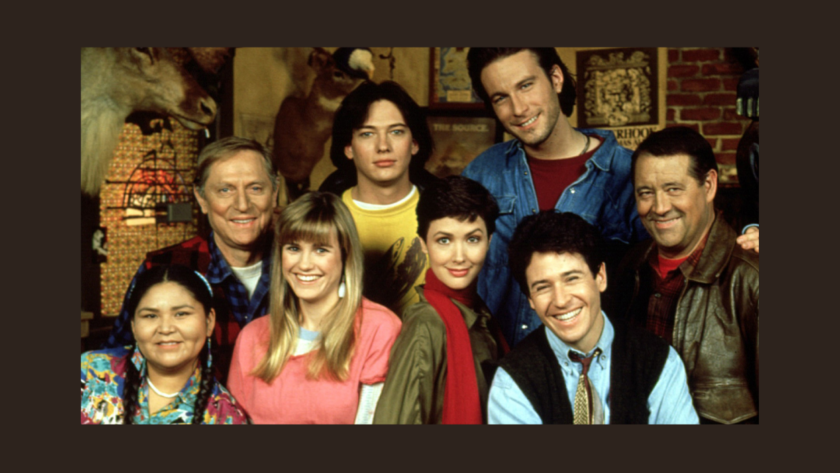Writer – Hi John and thank you for taking the time to talk. I’m having a little trouble grasping how I can implement five-act structure in my story. Do you have any tips?
John Yorke – Well, there’s any number of tips we could give you, but actually putting techniques into practice is the best way to improve your writing. Shall we write a quick five-act story now? Let’s say the story is about saving a hospital. Create a main character and an inciting incident.
W – We’ll use a female doctor. The inciting incident will be the hospital trust withdrawing funding, and perhaps even closing the hospital.
JY – Possibly, yes. I think a threat to the continued existence of the hospital is a good inciting incident, so a threat of withdrawing the funding will work well. What’s the worst point – the end of Act 4?
W – The worst point would be someone burning the hospital down.
JY – Pretty much! That’s the most terrible thing that can happen. So, what’s the midpoint? Remember, that’s the point halfway through Act 3 where the truth is revealed. A point of no return.
W – Closing down of the hospital?
JY – Yes, the midpoint could be the actual withdrawal of money and the closing down of the hospital.
It helps to plan it out in stages:
Act 1 – ?
INCITING INCIDENT– announcement that the hospital will close.
Act 2 – ?
Act 3 – ?
MIDPOINT – the closure of the hospital, and staff are sacked.
Act 4 -?
WORST POINT– the hospital is burned down.
Act 5 – ?
W – That makes sense. So what about the question marks?
JY – The question marks are where your creativity as a writer comes in. You have the ‘tent poles’ of your story now, and they serve to guide you, your character and audience through an emotionally engaging story.
W – Oh dear, I need to think!
JY – That’s okay. You’re effectively writing two stories. One focuses on the incidents, and the other on the emotional journey of the character.
Let’s fill in some question marks now. Act 2 will likely be the main character fighting to save the hospital. This goes well for her, and at this stage she thinks she will succeed. Then, at the end of Act 2, there is a turning point where things start to go wrong.
Act 2 is all about the character having a clear mission which goes well initially but ends with something going wrong. What do you think then happens at the start of Act 3?
W – Our protagonist realises she’s in serious trouble and starts to rethink her choices?
JY – Absolutely! So what will Act 3 be?
W – The point of no return. The hospital closes, and she is jobless.
JY – Yes. In the first part of Act 3, our protagonist should be trying to encourage the staff to take action to stop the hospital closure – they could go on strike – but this results in our midpoint: the hospital closing and the staff being sacked. So far, our table is looking like this:
Act 1 – ?
INCITING INCIDENT – announcement that the hospital will close.
Act 2 – the main character fights to save the hospital, and her battle goes well.
TURNING POINT – things start to go wrong.
Act 3 – she tries to encourage the staff to take action to stop the hospital closure. They go on strike, but the result is:
MIDPOINT – the closure of the hospital, and staff are sacked.
Act 4 -?
WORST POINT – the hospital is burned down.
Act 5 – ?
W – Is Act 4 the time to show how emotionally traumatised she is?
JY – Definitely, but it just gets worse for her. Act 4 will be terrible for your character.
W – So how, and what, should I write to make the audience see and feel her sorrow?
JY – Well, you make her care for the hospital and her patients, and then do terrible things to her, the hospital, and the people she cares about. Your main character is someone both you and the audience love. Then you put her through a terrible ordeal.
W – So, these terrible things could make her cry, and maybe the audience too. Is this how we display emotion in screenwriting?
JY – Yes, but you don’t have to force any emotions. All you have to do is make your audience care for your main character. If you treat your character badly, not only will she be upset, but the audience will be too. It’s all about empathy.
W – You make it sound so simple!
JY – Well, it’s as simple – and complex – as that.
W – Thanks for your help. I’ll always make sure to keep these points in mind when I’m writing.
JY – Thank you, it’s what we love to do! Good luck with your writing, and I’m glad the tips have helped you.



